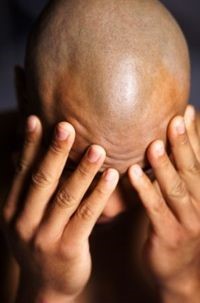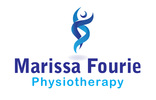 Headache is one of the most common and debilitating conditions around. Any veteran of headaches will know that once it has properly kicked in, your entire system struggles to operate effectively. While it is a much researched topic, many of the causes of headaches are still being debated upon. Possibilities for the source of headaches are endless, ranging from tension to tumors, sport and sex. Where do we start eliminating? Below is a list of often-missed factors that may be responsible for the hammer pounding in your head. These can all be addressed by simple lifestyle alterations, which may just help for those headaches never to return again.
SO WHEN SHOULD I WORRY ABOUT MY HEADACHE? The following are pointers that may indicate a more serious reason behind your headache. Seek medical help if any of these occur:
1 Comment
|
AuthorMarissa Fourie is a physiotherapist in Stellenbosch with a special interest in musculoskeletal conditions, pediatrics, and post/prenatal health. Archives
March 2016
Categories
All
|
||||||

 RSS Feed
RSS Feed